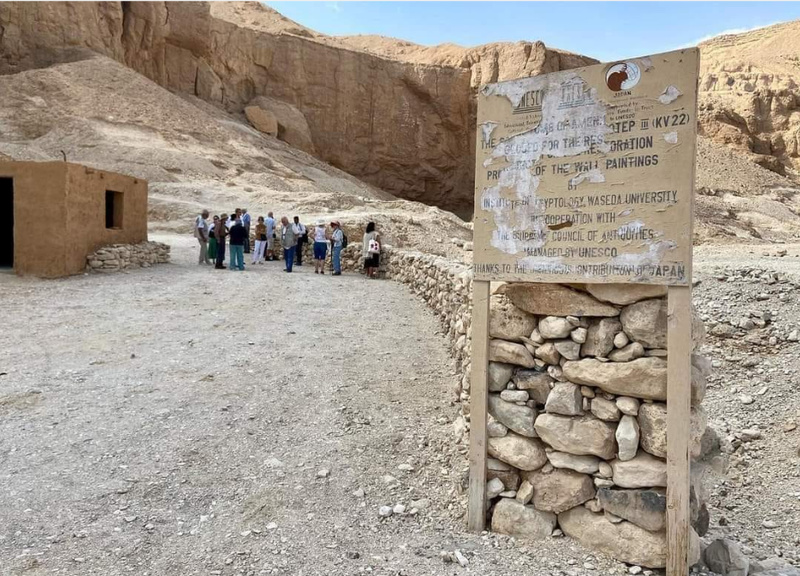Egypt Opens Historic Amenhotep III Tomb After 226-Year Wait
Egypt opens King Amenhotep III's tomb to the public after 226 years, showcasing revolutionary ancient architecture and religious symbolism following extensive restoration work in Luxor's Valley of the Kings.

The restored tomb of Pharaoh Amenhotep III in Luxor's Valley of the Kings, showcasing ancient Egyptian architectural brilliance
Egypt Unveils Majestic Pharaonic Tomb in Luxor's Valley of Kings
In a testament to Egypt's commitment to preserving its ancient heritage, authorities have opened the magnificent tomb of King Amenhotep III to the public, marking a historic milestone 226 years after its initial discovery in Luxor's Valley of the Kings.
Architectural Marvel Reveals Ancient Egyptian Ingenuity
The tomb, situated in the heart of the Theban Necropolis, represents a revolutionary departure from traditional burial practices. Unlike his predecessors who chose locations near the Nile, Amenhotep III selected a remote mountain gorge, demonstrating the evolution of royal burial customs.
Following a meticulous 20-year restoration project, supported by UNESCO and the Japanese government, the tomb now stands as a symbol of Egypt's leadership in cultural preservation. The comprehensive rehabilitation included architectural restoration, environmental control system installation, and careful artifact conservation.
Exceptional Design and Religious Symbolism
The tomb's architectural brilliance features:
- A concealed entrance behind protruding rock formations
- An extended corridor leading to a two-columned chamber
- A grand burial chamber supported by six massive columns
- Seven additional chambers branching from main galleries
The wall decorations showcase the sun's nocturnal journey through twelve hours, representing one of ancient Egypt's most significant funerary symbols. This exceptional preservation effort aligns with Egypt's broader initiatives to protect and showcase its cultural landmarks.
Historical Discovery and Modern Preservation
First documented in 1799 by French explorers Rossier Jolois and Édouard de Villiers de Terragues, the tomb had previously been mentioned in British traveler William George Brown's memoirs. The restoration project exemplifies Egypt's dedication to maintaining its archaeological treasures while advancing tourism and cultural education.
Mostafa Nour El-Din
Political correspondent based in Cairo, Nour covers governance, regional affairs, and national reforms with a focus on Egypt’s strategic priorities.
